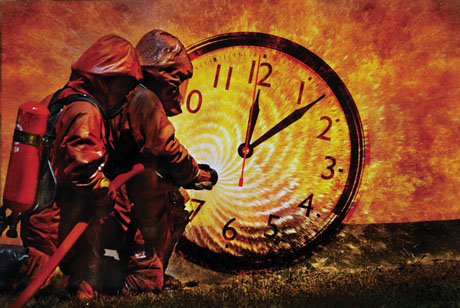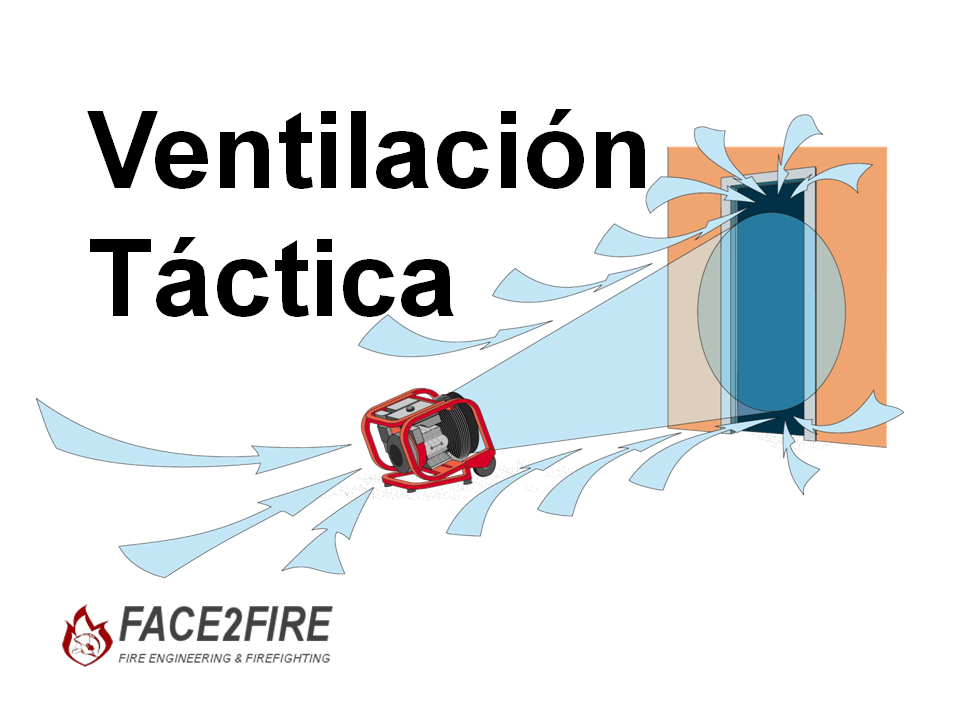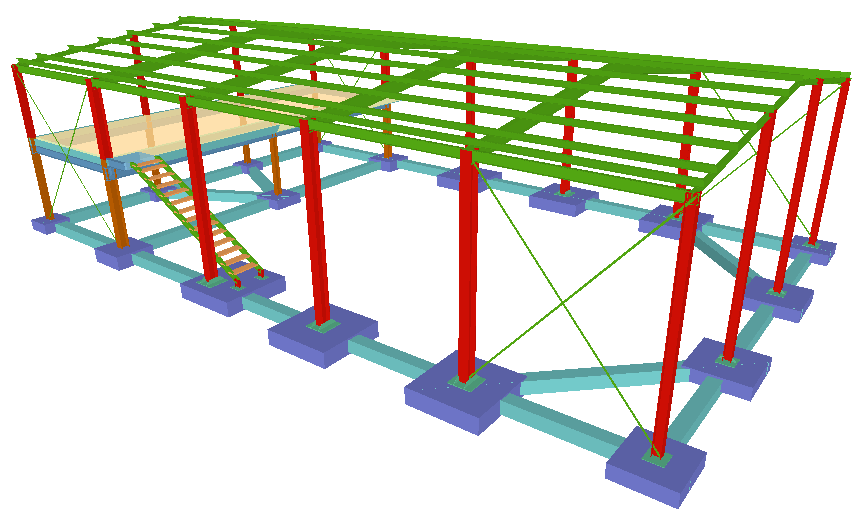El tiempo

Tic, tac, tic, tac…La sirena suena y los bomberos se dirigen rápidamente hacia el incendio, pero…¿sabemos cuanto tiempo lleva el incendio en marcha?.
Esta es una cuestión muy importante que tenemos que tener en cuenta cuando actuemos en incendios de edificios con estructura de acero.
Nosotros podemos saber aproximadamente el inicio del incendio, pero esto va a depender de si este ocurre por la mañana, por la tarde o por la noche. Sin lugar a dudas, nos va a resultar más difícil estimar el tiempo que un incendio lleva en marcha por la noche, ya que es más complicado de detectar debido que la gente duerme a esas horas y nos tendremos que fiar del correcto funcionamiento de los sistemas contraincendios y de la vigilancia externa.
Pero…¿cómo prevenir un accidente y salvar nuestra vida en construcciones con estructura de acero?, ¿de que va a depender?.
En primer lugar, voy a analizar la composición del acero para que podamos entender como se comporta este material en ambientes con elevadas temperaturas.
Análisis de la composición del acero
Resistencia a la deformación
La resistencia de los materiales a alta temperatura se expresa generalmente en términos de su «resistencia a la deformación» – la capacidad del material para resistir la deformación durante la exposición a largo plazo a una temperatura alta. En este sentido el acero inoxidable austenítico es particularmente bueno y permite su utilización en un rango de temperaturas bastante amplio. Las versiones bajas en carbón de los grados estándar de austenita (Grados 304L y 316L) tienen una fuerza reducida a altas temperaturas por lo que no son generalmente utilizados para estructuras que van a trabajar a altas temperaturas. Las versiones «H» de cada grado (ej 304H) tiene altas concentraciones de carbón para estas aplicaciones, lo cual incrementa considerablemente su resistencia a la deformación. Los grados «H» son específicos para ser utilizados en estructuras que van a soportar elevadas temperaturas.

Aunque los aceros inoxidables dúplex tienen una buena resistencia a la oxidación debido a su alto contenido de cromo, se comportan de manera más frágil si se expone a temperaturas superiores a 350 ° C, por lo que se limita a las aplicaciones por debajo de estas temperaturas.
Tanto la fase martensítica como las familias de aceros inoxidables templados tienen altas resistencias obtenidas mediante tratamientos térmicos, la exposición de estos grados a temperaturas superiores a sus temperaturas de tratamiento térmico dará lugar a una debilitación permanente, por lo que estos grados rara vez se utilizan a temperaturas elevadas.
Estabilidad estructural
El problema del límite de precipitación del grano de carburo aparece con la corrosión intergranular. Este fenómeno se produce cuando algunos aceros inoxidables están expuestos en el servicio a temperaturas de 425-815 ° C, lo que afecta en una reducción de la resistencia a la corrosión que puede ser significativa. Debe considerarse evitar el uso de grados estabilizados como grado 321 o grados bajos en carbono «L» cuando se vayan a dar estas condiciones.
Un problema adicional que algunos aceros inoxidables tienen en aplicaciones de alta temperatura es la formación de la fase sigma. La formación de la fase sigma en los aceros austeníticos depende del tiempo de exposición y la temperatura alcanzada y es diferente para cada tipo de acero. En general, el acero inoxidable de grado 304 es prácticamente inmune a la formación de la fase sigma, pero no es lo mismo en grados con altos contenidos de cromo (Grado 310), molibdeno (Grados 316 y 317) o con un mayor contenido de silicio (grado 314). Estos grados son todos propensos a la formación de fase sigma si se expone durante largos períodos a una temperatura de aproximadamente entre 590 a 870 ° C.La fragilización de la fase sigma se produce con la formación de un precipitado en la microestructura del acero durante un largo período de tiempo dentro de este rango de temperatura en particular. El efecto de la formación de esta fase es hacer que el acero sea extremadamente frágil y el fallo de este puede ocurrir debido a la rotura frágil. Una vez que el acero se ha convertido en fase sigma fragilizada es posible recuperarlo mediante el calentamiento del acero a una temperatura por encima del rango de temperatura de formación de sigma, sin embargo, esto no siempre es práctico. Debido a que la fragilización de la fase sigma es un serio problema con el alto grado de silicio 314, ahora es impopular y en gran parte sustituido por aleaciones ricas en níquel o por aceros inoxidables resistentes a la fragilización de la fase sigma, en particular 2111HTR (UNS S30815). El Grado 310 es también bastante sensible a la formación de fase sigma en el rango de temperaturas de 590-870 ° C, por lo que este grado puede no ser adecuado para la exposición a este intervalo de temperaturas siendo el Grado 321 una mejor opción a valorar.
En el siguiente vídeo podemos ver como la estabilidad estructural es afectada a causa de las altas temperaturas colapsando finalmente.
[youtube]8XMTALBYRNA[/youtube]
Factores ambientales
Otros factores que pueden ser importantes en el uso de los aceros para aplicaciones de alta temperatura y resistencia son la carburación y la sulfuración. Los gases producidos por el azufre bajo condiciones reductoras pueden acelerar en gran medida el ataque a las aleaciones de acero inoxidable con alto contenido de níquel. En algunos casos, el Grado 310 ha dado un servicio razonable, en otros grados como el S30815, un contenido de níquel inferior es mejor, pero en otros, una aleación de níquel-totalmente libre es superior. Si los gases que llevan azufre están presentes en condiciones reductoras, se sugiere que los especímenes de prueba piloto se estudien primero bajo condiciones similares para determinar la mejor aleación.
Expansión térmica
Una propiedad adicional que puede ser relevante en aplicaciones de alta temperatura es la expansión térmica del material en particular. El coeficiente de expansión térmica se expresa en unidades de cambio proporcional de la longitud para cada grado de incremento en la temperatura, por lo general x10-6 / º C, m / m / ° C, o x10-6cm/cm / ° C, n estas son unidades equivalentes. El aumento de la longitud (o el diámetro, espesor, etc) se puede calcular fácilmente multiplicando la dimensión original por el cambio de temperatura por el coeficiente de expansión térmica. Por ejemplo, si una barra de 3 metros de largo de El grado 304 (coeficiente de expansión 17.2 micras / m / ° C) se calienta desde 20 ° C a 200 ° C, la longitud aumenta por:
3.00 x 180 x 17.2 = 9288 μm = 9.3 mm
Como dato interesante decir que el coeficiente de expansión térmica de los aceros inoxidables austeníticos es más alto que para la mayoría de otros tipos de acero.
Análisis del test de Cardington
En la diapositiva 31, podemos ver que la temperatura máxima es alcanzada en 57 minutos, si conozco exactamente cuando ha empezado el fuego, puedo saber aproximadamente cual es la situación en la que puedo encontrar la estructura a la llegada al lugar del incendio. Pero si no conozco este dato y tengo que entrar en el interior de la construcción a rescatar a alguien, ¿cómo puedo hacer esto con seguridad?, tendré que aprender a leer las señales que me proporciona la estructura.
Thermo-cameras
Las cámaras térmicas son herramientas comúnmente utilizadas en los servicios de bomberos y podemos hacer uso de esta magnífica ayuda para analizar en que situación se encuentra la estructura.

La diapositiva 32 muestra cómo podemos identificar cuando una estructura está en proceso de calentamiento o de enfriamiento. En la estructura, las uniones van a ser los puntos que más tarden en calentarse y los últimos en enfriarse, por lo tanto al llegar al lugar del incendio podemos determinar en que fase nos encontramos. Además, con la ayuda de la cámara térmica podemos obtener la temperatura de los pilares y vigas y determinar con estos datos, como puede verse afectada la estructura.
Pero esto no va a ser suficiente para determinar la seguridad en el interior de la estructura, hay otros factores que tendremos que ser capaces de evaluar para garantizar el éxito en esta clase de emergencias, que analizaremos en las próximas entradas.
Si te ha gustado la entrada deja tu comentario para hacer un feedback.
Source: Atlas Steels Australia










